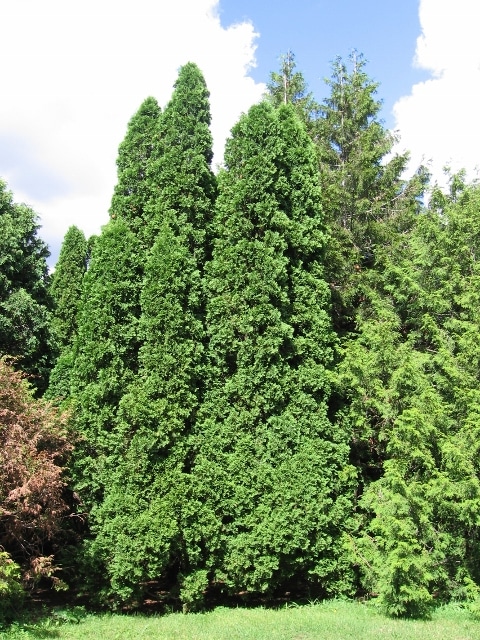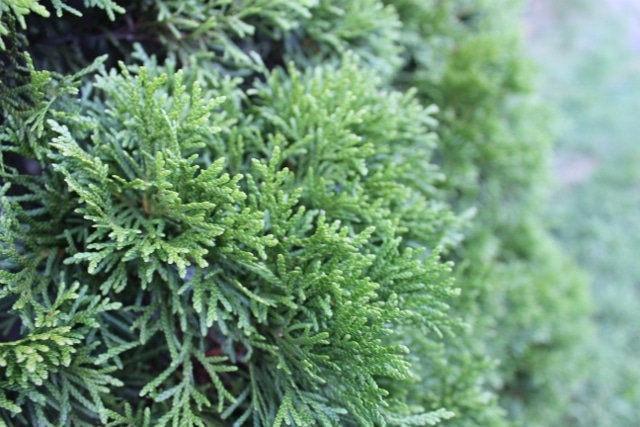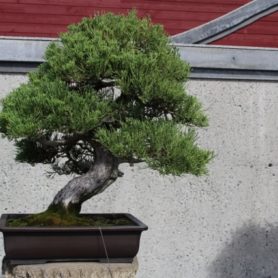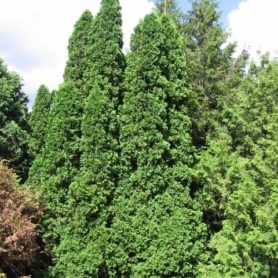Description
Thuja occidentalis (Eastern White Cedar) Seeds
Zones: 2 to 7.
Native to northeastern North America.
Thuja occidentalis, commonly known as American arborvitae, Eastern arborvitae, Eastern white cedar or Northern white cedar, is a dense, conical to narrow-pyramidal (sometimes maturing to broad-pyramidal) evergreen tree that is native to northeastern North America.
Many cultivated varieties are sold in nurseries and garden centres, from compact and dwarf varieties suited for foundation plantings to dense, upright cultivars for lawn specimen trees or for hedging. It is one of the most popular trees in yards and parks. It is also very suitable as a bonsai specimen. Leaves are scale-like, aromatic, yellow-green to green. Bark is a reddish-brown and can peel on mature trunks. The dense branching and evergreen foliage make it very attractive to birds for nesting. It prefers full sun or partial shade and moist, well-drained soil.
Newly transplanted trees may require burlap protection in the winter to prevent winter burn of foliage, but once established, the northern white cedar is very cold hardy and resilient and can be a very long lived tree.
Size: Height 20 to 40 ft; Width 10 to 15 ft.
Germination Instructions
Soak seeds for 24 hours and drain.
Stratification: Seed requires 60 days cold moist stratification at 3° C (37° F) to 5° C (41° F).
- Soak seeds in water for 24 hours.
- Place seeds in sandwich bag(s), with a bit of damp sand or vermiculite to keep moist.
- Place the bag(s) with seeds in refrigerator for about 60 days.
- After the required time take the seeds out of the refrigerator and sow the seeds in pots 1/8 inch deep and cover lightly. Water gently so as not to wash away the seeds. Keep soil moist but not wet.







